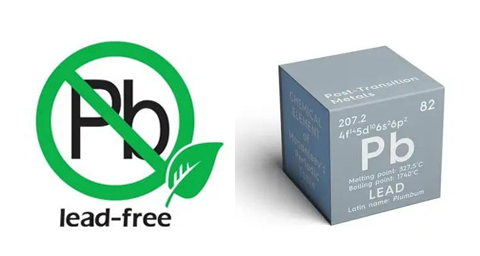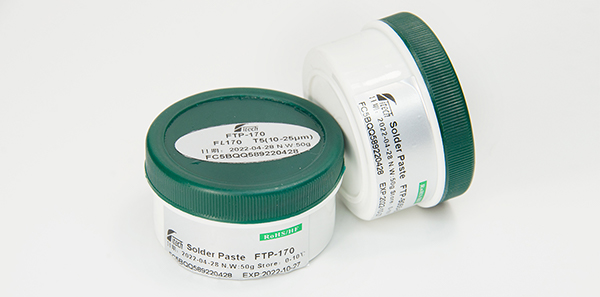Selection of alloy composition for leadedand lead-free solder pastes - Shenzhen Fitech

Selection of alloy composition for leadedand lead-free solder pastes
Solder paste is a kind of soldering material for electronic components packaging, mainly including two types of leaded and lead-free solder paste. The alloy composition of leaded and lead-free solder paste is different, and the selection should be decided according to the actual application needs of the terminal.
Leaded solder paste alloy composition selection:
Leaded solder paste consists mainly of tin and lead, with a common alloy ratio of 63:37. The leaded process is widely used in Class3 products and in special low-end markets. Integrated circuit packaging (IC Packaging) industry still uses leaded materials, especially high lead materials. The military, aerospace, naval, medical, automotive, and communications sectors still use leaded processes.
Leaded silver alloys have some advantages in preventing silver plating melting at the end electrodes of MLCCs (Multilayer Capacitors) and improving the reliability of solder joints. Leaded alloys have good lubrication effect in the press-fit process and are the preferred PCB surface treatment solution for the press-fit process.

Lead-free solder paste alloy composition selection:
Low temperature solder material based on tin bismuth silver has low melting point and can be used in material assembly products with limited temperature resistance. Low temperature solder based on tin-bismuth has wide application in heat sink module CPU heat sink tin-copper. Tin-bismuth silver alloy is maturely used in the production process of smartphone integrated shield; smartphone sandwich structure (board-level stacking or adapter board welding) welding process for low-temperature high-reliability solder application demand is clear. The future use of tin-bismuth silver alloy demand will be more extensive as the application range gradually increases.
Pure silver, pure gold, and pure copper solders are often used in wafer (wafer) processing. High silver content of lead-free solder in some heat dissipation, conductive products with special requirements are occasionally selected.
Currently, SAC305 is the mainstream alloy composition of solder paste, tin-silver-copper series of alloys from 0.3% to 2.5% silver content are used. Silver-free tin-copper series alloys are mainly used in the production of wave solder bars and wire and lead-free spray tin plate production.
The addition of trace elements to tin-silver-copper alloys results in good solder wetting, ductility, low CTE, high mechanical tensile strength, and high temperature cycling resistance. Such alloy formulations can be optimized to help improve product reliability and reduce solder material costs. Currently known additions include bismuth, antimony, germanium, nickel, phosphorus, zinc, manganese, and cobalt.

Shenzhen Fitech can provide customers with high quality super micro solder paste products, solder paste products can be used for integrated circuit packaging conductive solder. Among them, tin bismuth silver solder paste products can be as low as 139 ℃ melting point temperature, suitable for low temperature soldering scenarios. Fitech can also provide gold-tin solder paste with a melting point of 280°C to meet high temperature soldering requirements. There are also other types of solder pastes with different temperatures, welcome to learn more.

















 Back to list
Back to list



